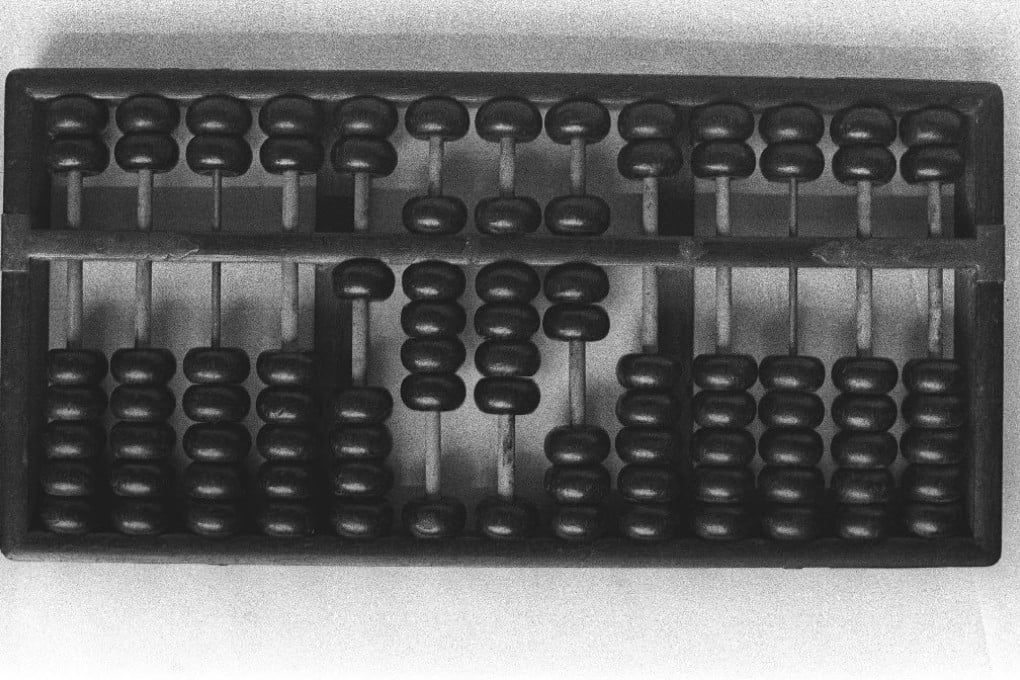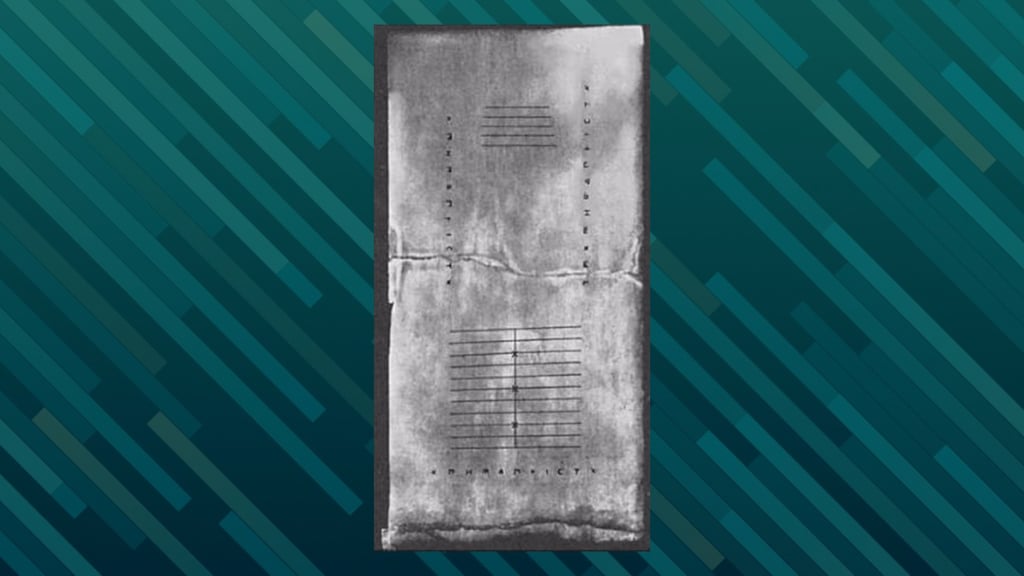Abacus, the oldest gadget on Earth
The abacus is an ancient calculating tool that was widely used in parts of Asia until recent decades. Consisting of a wooden frame and moving beads, it lets you do mathsperform calculations just by flicking your fingers.

Before the world had electronic calculators, smartphones, the Google search bar, or even paper -- there was the abacus. The simple rectangular gadget doesn’t require batteries, RAM, or the internet to run. Spill your coffee on it? No problem -- it’s also waterproof.

The question of who invented the abacus in its present form is a matter of debate. Some historians insist it was born in China -- while others say it was brought there by Roman merchants. There are also different variants of the abacus: The Chinese version is called suanpan, and the Japanese one is called soroban.